calsfoundation@cals.org
Lono (Hot Spring County)
Lono is an unincorporated community located in Hot Spring County at the intersection of Arkansas Highways 9 and 222. It is one mile east of Rolla (Hot Spring County) and about thirteen miles south of Malvern (Hot Spring County).
The first settlers in the area arrived in the 1840s and began small-scale farming. Richard Jennett obtained eighty acres of land on July 10, 1848. Later that year, Arthur Yates and John Gray both obtained land. Yates appears in the 1850 census, living on eighty acres with his wife, Polly, and their nine children. In 1859, Yates obtained another eighty acres in the area. Gray also lived on his property with his wife, Minerva, and their nine children, according to the 1850 census. He also acquired more land in the area over the years, owning at least 320 acres either solely or with a partner by 1857. In 1850, he owned about $700 of real estate; by 1860, that figure had increased to $2,000.
The Lono Post Office opened in 1878. Some sources report that it moved to Rolla between 1911 and 1914, while others report that it remained in Lono until 1928, when it moved to Rolla. In 1884, a description of the community placed the population at 100, with daily stagecoaches linking Lono with both Malvern and Fordyce (Dallas County). Industry in the community included a steam sawmill and a grist mill; shipments of cotton were sent to Malvern. Two general stores operated in the area, with one owned by William Bowers, who also served as the postmaster. The town also included two blacksmiths, a physician, and constable. By 1888, the population had increased to 125, and a distiller also operated in the area. In 1888, the county court approved a petition to prevent the sale of alcohol within a three-mile radius of the Lono Baptist Church. It is unclear if this had an impact on the business of the distiller, as later accounts reference his business in the early twentieth century. The population dropped to just fifty by 1892.
The nearby proximity of Rolla to Lono drew some citizens to that community. Located on the Malvern and Camden Railroad, linking the county seat with Camden (Ouachita County), Rolla included a number of stores and other amenities. The creation of the new community on a rail line prompted the moving of the post office.
A Masonic lodge opened in Lono in 1874, receiving its charter the following year. The Bethlehem Lodge Number 338 celebrated its centennial in 1975. A school opened in the community in the late nineteenth century. It consolidated with the Malvern District in 1949, with older students bused to school, and the elementary school continued to operate for several years before it closed as well.
The recollections of a native of the community who grew up in the early 1900s were published in the late 1970s. She remembered a Baptist church in the community, with the Masonic hall located on the second floor of the building. A Methodist church also served the community before being relocated to Rolla. The distillery continued to operate during her childhood, alongside a brick factory operated by the same owner.
During the Great Depression, Company 746 of the Civilian Conservation Corps was located near the community. Organized in 1933, the company worked on various forestry projects in the area, including the construction of bridges and fire towers. The company moved to a new location near Ashdown (Little River County) in 1936. In 1938, the Works Progress Administration built the Lono Gymnasium, which was added to the National Register of Historic Places in 2020.
By the twenty-first century, Lono included a gas station, a restaurant, and two churches, and was sharing a volunteer fire department with nearby Rolla. It serves as a bedroom community for nearby towns, including Malvern. Some agricultural activity continues in the area, including timber and cattle.
For additional information:
“History of Bethlehem Lodge No. 338.” The Heritage 8 (1981): 187–189.
“Lono, Arkansas.” The Heritage 5 (1978): 39–41.
Mackey, Tom. “Early History of Lono Missionary Baptist Church.” The Heritage 30 (2003): 105–106.
David Sesser
Henderson State University
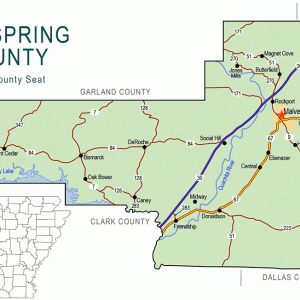 Hot Spring County Map
Hot Spring County Map 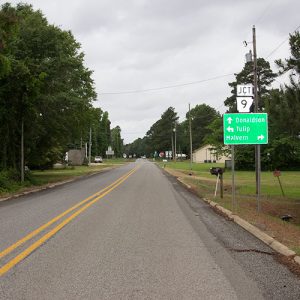 Lono
Lono 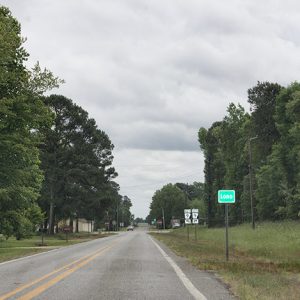 Lono
Lono 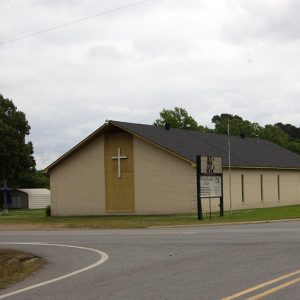 Lono Assembly of God Church
Lono Assembly of God Church 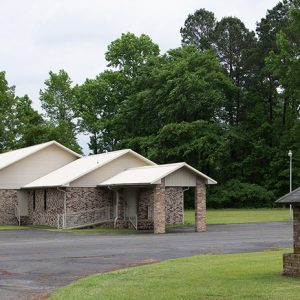 Lono Baptist Church
Lono Baptist Church 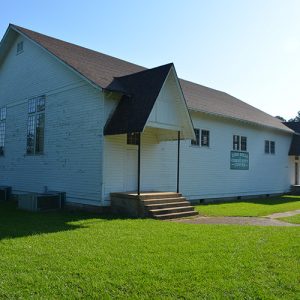 Lono Gymnasium
Lono Gymnasium 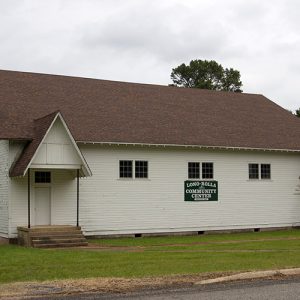 Lono-Rolla Community Center
Lono-Rolla Community Center 



Comments
No comments on this entry yet.